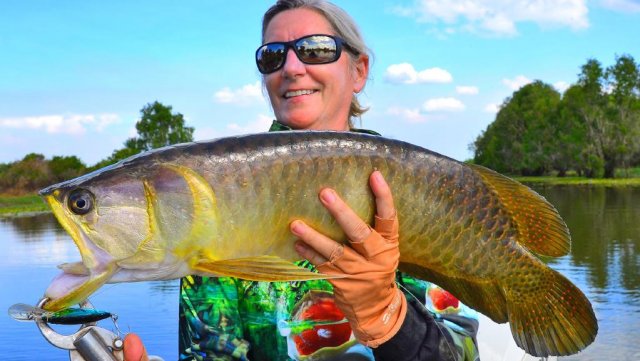Cheers to all-
Recently have lost my last Jardini and I am looking to start over.
I have recently come to terms with the fact that I will never be able to own an Asian Arowana, and that I will probably not ever see CITIES changed in the US within my lifetime, meaning the closest I can get to these fish are the Australian species. Jardini is the easiest to acquire so I'd like to start with them again.
Does anyone have experience with attempting to groom a jardini in the similar fashion that Asia grooms their Asian arowana? I know that they will never compare, but I'd like to promote as much gold coloring in a jardini as possible and am wondering if anyone else has thought of this as well.
Would it be of benefit to treat it as a gold arowana and attempt the same grooming techniques to see if any additional gold-ish coloration can be promoted?
Recently have lost my last Jardini and I am looking to start over.
I have recently come to terms with the fact that I will never be able to own an Asian Arowana, and that I will probably not ever see CITIES changed in the US within my lifetime, meaning the closest I can get to these fish are the Australian species. Jardini is the easiest to acquire so I'd like to start with them again.
Does anyone have experience with attempting to groom a jardini in the similar fashion that Asia grooms their Asian arowana? I know that they will never compare, but I'd like to promote as much gold coloring in a jardini as possible and am wondering if anyone else has thought of this as well.
Would it be of benefit to treat it as a gold arowana and attempt the same grooming techniques to see if any additional gold-ish coloration can be promoted?






